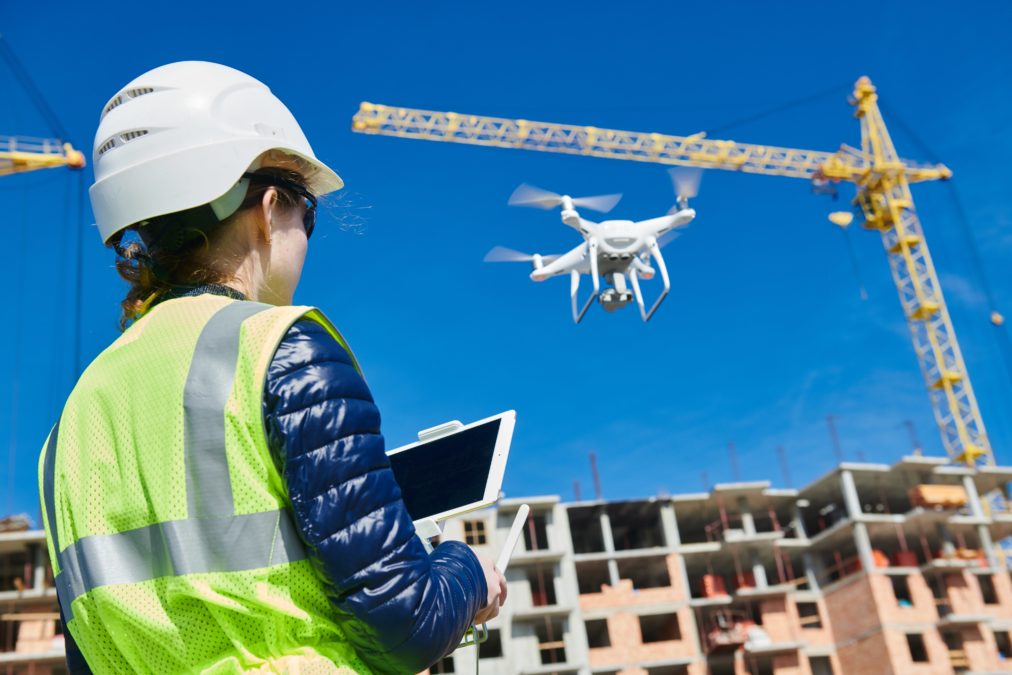Until recently, drone technology has mostly been reserved for hobbyists; from exploring serene landscapes and abandoned buildings to capturing high-quality images and video. But using drones for commercial purposes is a growing market, and the technology has been quietly evolving. So much so, that the International Standards Organisation (ISO) has announced the first ever worldwide drone standards for the industry, a move which will inevitably provide the framework for global regulation and legislation moving forward.
Following the recent Gatwick and Heathrow airport incidents, the market should expect to see an acceleration of government-led regulation. Movement in this space can already be seen in initiatives such as the EU’s U-Space, which will support continent-wide aviation strategy and drone development. As regulation comes into play, drone technology will need to evolve to keep pace with modern usage requirements. One ongoing development is the integration of SIMs and eSIMs, which enable greater data storage and processing capabilities, and drones to fly safely Beyond Visual Line of Sight to carry out longer autonomous tasks.
While upgrading drone technologies will make it easier to adopt, successful deployment is reliant upon trust in the drone eco-system. Data is the most valuable form of modern currency and ensuring it is protected and collected in accordance with data privacy laws will build confidence in drone security and make it easier for companies to invest their efforts. Without industry buy-in, drones will have a short, rather than long-haul stay in the public spotlight.
The top 10 strategic technology trends for 2019, according to Gartner
Industries are ripe for deployment
While the mainstream adoption of drone deliveries is not quite ready, the technology is already displaying how it can make a significant impact across different industries. The public sector, in particular, is a beneficiary of its use. Most recently, the New York Police Department, America’s largest police force, announced that it will be trialling drone technology in hostage situations as well as search and rescue operations. Drones will be used to scope out incidents before officers arrive, warning of any potential hazards or emergencies. Similarly, it was recently revealed that Chinese students have designed Net Guard, drone technology that uses netting to safely rescue those who have to abandon buildings due to fire emergencies.
In healthcare, commercial drones are already being used to administer aid. Zipline, a Silicon Valley start-up, is helping medical professionals to overcome locational barriers by medicine to those in difficult-to-reach areas. In fact, it has already helped to deliver 1000 blood drops in Rwanda, saving lives and providing relief. While for conservation, an international team of scientists from the Leibniz Centre for Tropical Marine Research (ZMT) has developed a new method of investigating the condition of coral reefs using drones. The accuracy and detail of the images are far superior to costly satellite images.
What is digital transformation in business: Everything you need to know
Success is built on trusted data and technology reliability
But for these great use cases to see wider adoption, each stakeholder in the drone ecosystem must trust that the flow of data is secure, and that the technology is reliable. How can they do this? They can start by following these seven key considerations:
- Secure pilot and drone registration: The registration of pilots and drones with public authority servers needs to be secure and reliable; otherwise the authenticity of deployment cannot be trusted.
- Protection of sensitive data on the drone: Each commercial drone comes with built-in firmware, which stores sensitive data on the drone, so they can be flown. An effective way to protect the integrity of this data would be to store it in hardware tamper-proof devices such as secure elements.
- Seamless and secure connectivity: For easy global deployment, drone manufacturers need their drones to connect seamlessly and securely to networks in all countries. In this regard, GSM networks are particularly adaptable for commercial drones, due to their proven field, secure infrastructure and coverage.
- Reliable drone tracking: Public authorities need to be able to reliably identify drones in real-time, anywhere. This could be achieved through secure-element-based security and cryptography, which ensure the integrity and proof of origin of the tracking data.
- Protection of flight control commands: Drones must be controlled by authorised platforms and operated by authorised pilots on the ground, and therefore must be protected against hacking. User-authentication solutions allow for authorised pilots to access the remote-control applications used to control the drones from ground stations or mobile devices.
- Confidentiality of data exchange between drones and operators: Certain confidential information such as public-safety-related information during rescue operations, must be kept private.
- Flight traceability data: All flight-related data must be securely stored and protected, for investigation or traceability purposes. This can be achieved with the use of secure servers on the cloud.
Leadership in the age of disruption: How to rise to digital transformation
All drones need is stakeholder trust and a healthy regulatory environment
Clearly, commercial drone technology has the potential to transform our lives, but its success is reliant on the collaboration of governments, regulators and enterprises to ensure trust in the commercial drones’ ecosystem. Building a global regulatory framework will be key for driving mainstream adoption of this technology as well as stakeholders taking responsibility for the storage and security of its data.
By following the correct protocols and making sure that drones and their pilots are registered, that their data is secure, traceable and confidential, and their connectivity is efficient and safe, drones can be trusted by companies, governments and citizens to deliver on their potential.

Written by Florent Abat, Drones & IoT Director, Gemalto







